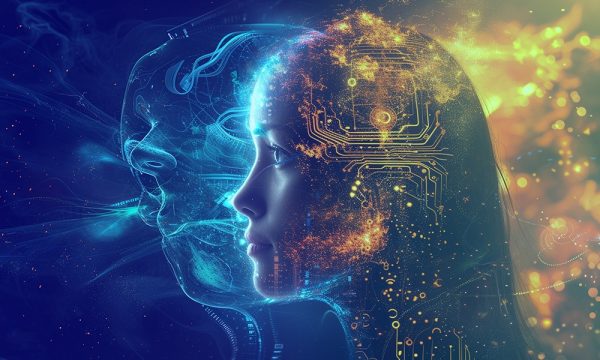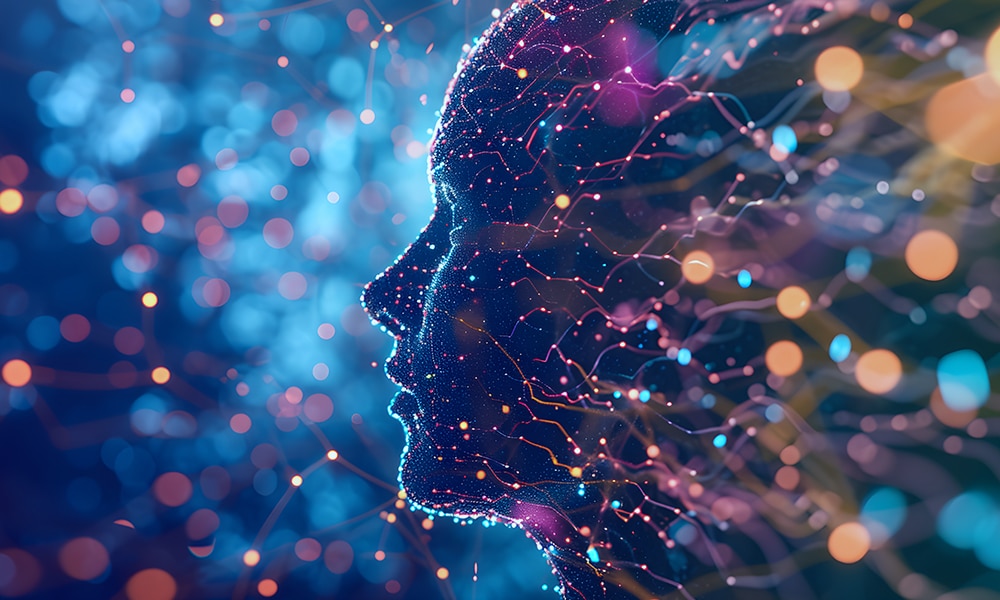Introduction
In an era where artificial intelligence (AI) shapes every facet of our lives, the integration of human intuition into AI model evaluation emerges as a pivotal innovation. This blending of human insight with advanced algorithms not only enhances the accuracy and reliability of AI systems but also ensures they align more closely with human values and needs.
The Value of Human Intuition
Human intuition plays a crucial role in interpreting complex, nuanced data that AI might overlook. Unlike machines, humans can perceive subtle cues and patterns, making intuitive leaps that lead to innovative solutions. Integrating this intuitive capacity into AI evaluation processes can significantly improve the technology’s adaptability and effectiveness.
Challenges in Combining Human Intuition with AI
The integration of human intuition into AI evaluation faces several challenges, including scalability and consistency. Human assessments can vary widely, introducing subjective biases that AI systems are designed to avoid. Addressing these challenges requires innovative approaches to balance human insights with algorithmic precision.
Use Cases: Human Intuition Enhancing AI
Healthcare Diagnostics
Radiologists and doctors provide critical feedback on the AI's accuracy, helping it to recognize patterns and anomalies more effectively. An example could be an AI system that, after rounds of feedback, achieved groundbreaking accuracy in detecting early-stage cancers, significantly outperforming previous methods.
Customer Service Bots
Customer service representatives could help refine the AI's understanding of tone, urgency, and context in customer interactions, leading to bots that provide support indistinguishable from human agents. Highlight a case where a customer service AI, after the integration of human feedback, dramatically improved customer satisfaction ratings.
Autonomous Vehicles
Test drivers and engineers provide feedback on the AI's decision-making in complex, real-world scenarios, enhancing its safety and reliability. For instance, a breakthrough in autonomous vehicle AI might come after incorporating insights from thousands of hours of human driving experience, leading to significantly safer navigation through urban environments.
Educational Tools
Teacher and student feedback helps AI understand diverse learning styles and adapt its teaching methods accordingly. An example could be an AI that, after teachers' evaluations, successfully adapts to different student needs, providing personalized learning experiences that lead to higher engagement and improved test scores.
Tools & Techniques for Effective Integration
Effective integration of human intuition into AI evaluation relies on advanced tools and techniques. Interactive machine learning platforms allow human evaluators to provide feedback directly to AI systems, facilitating a dynamic learning process. Moreover, techniques like consensus algorithms can help mitigate the variability of human input, ensuring a harmonious blend of human intuition and machine logic.
Ethical Considerations & Future Directions
As we move forward, ethical considerations remain at the forefront of integrating human intuition into AI. Questions about accountability, transparency, and bias must be addressed to ensure that this collaboration benefits society as a whole. The future of AI model evaluation lies in creating a seamless interface between human expertise and machine efficiency, paving the way for AI systems that truly understand and serve human needs.
Conclusion
The integration of human intuition into AI model evaluation represents a significant leap forward in the development of intelligent systems. By harnessing the unique strengths of both human insight and machine learning, we can create AI that is not only more accurate and reliable but also more aligned with the complexities of human judgment and values.







